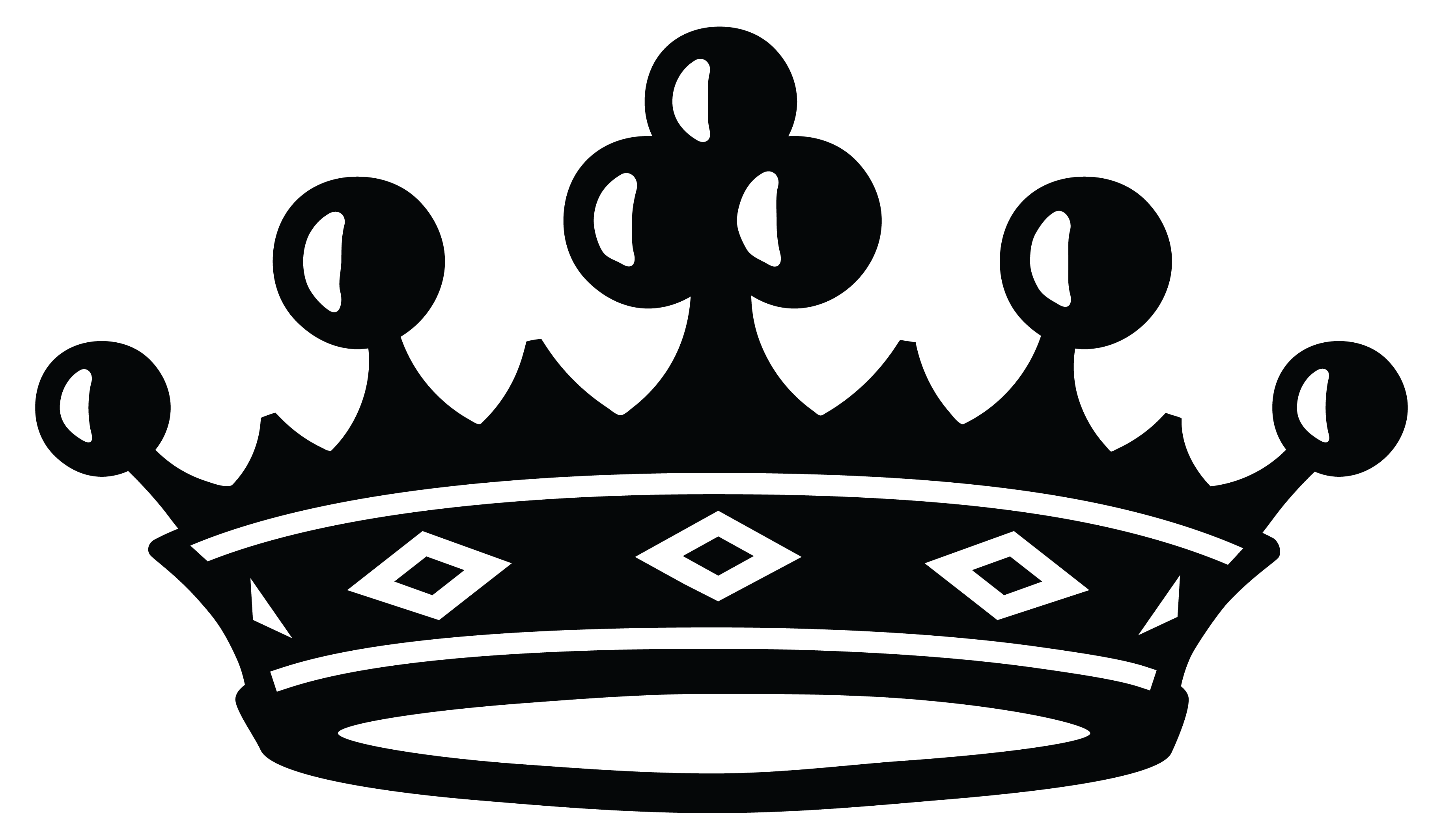The use of blue is more pooling of lots of different references. One of the starting points was definitely in Hindu mythology; a lot of the gods are depicted as having blue skin. And I think there's something so inherently camp about the depictions of the Hindu gods, which I've always been quite excited by. And pulling that little reference into most of the bodies, which I depict are blue. Then it's also comes around to referencing queer artists such as David Hockney, and his swimming pools, and how the blue becomes this motif of lust in these very languid, summery afternoons in the sun. And then also Derek Jarman, who released the film Blue, and it's the single pain of this Ultramarine and these incredibly melancholic voiceovers. I read Maggie Nelson's Bluet recently, which was quite incredible. It kind of gave me a bit of relief, because I mean, the permanent question is always ‘why do you use blue?’ and in this book it’s prose, poetry. She speaks about these blue objects that she comes across, and where she sees it and in other people's work and writing. But at the same time, this whole book is a love letter to a lost partner. And I suppose that's also what I really enjoy about the colour blue, is that it's this incredibly melancholic colour, but at the same time, it's so seductive, and harmonious and again, plays into that duality, which I really enjoy.
Blue isn’t a colour you normally find in natural environments, but it's also infinite, it's all around us.










